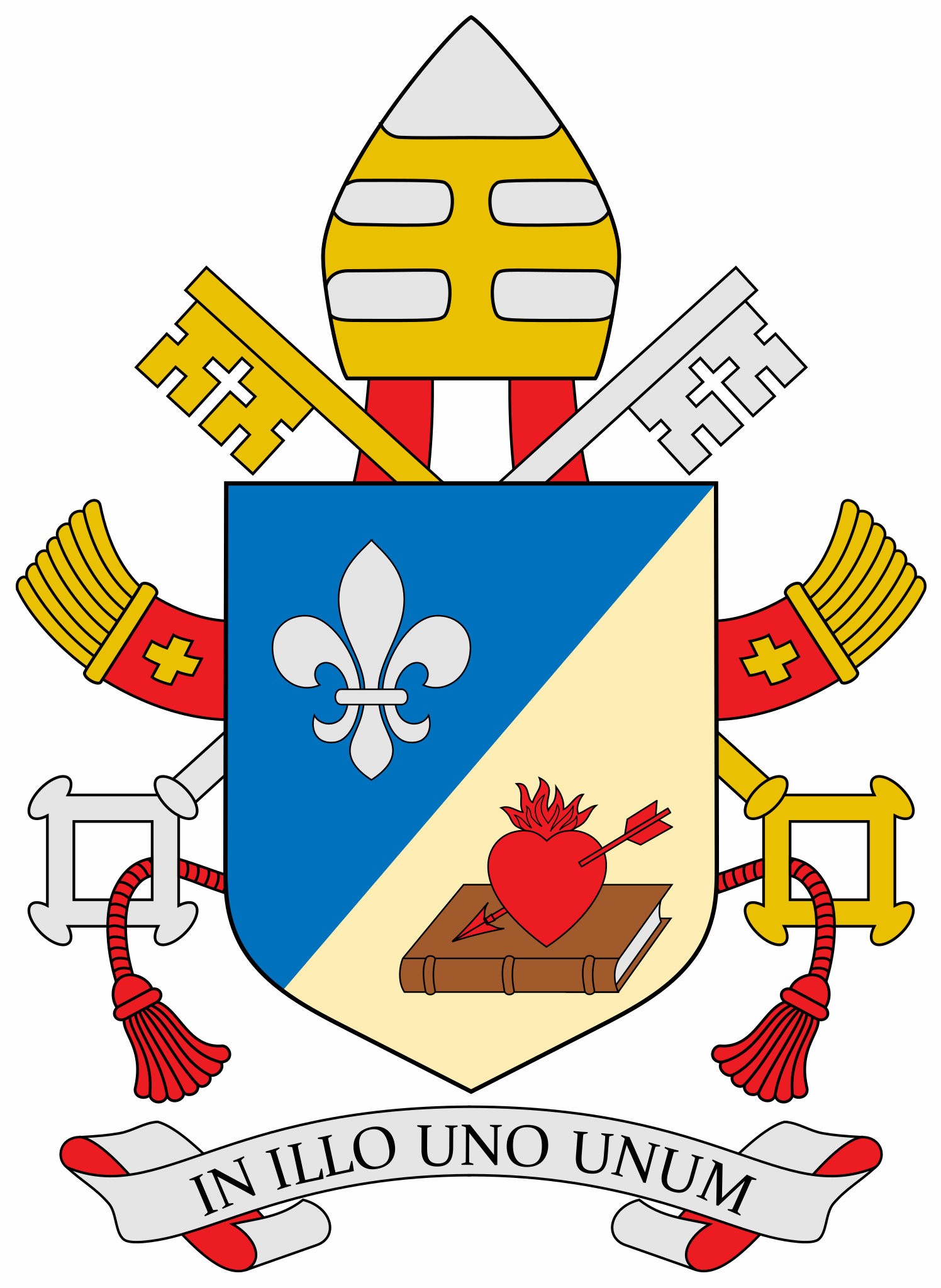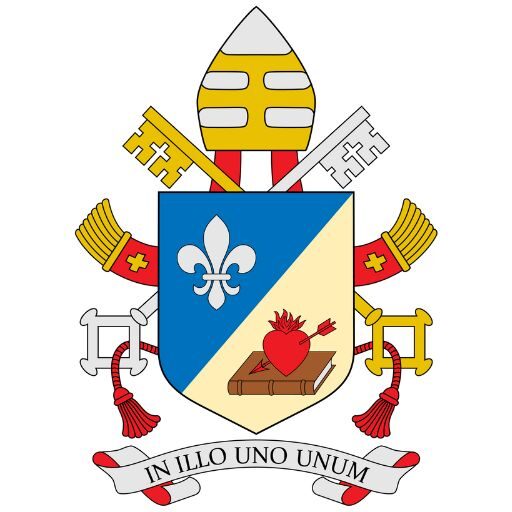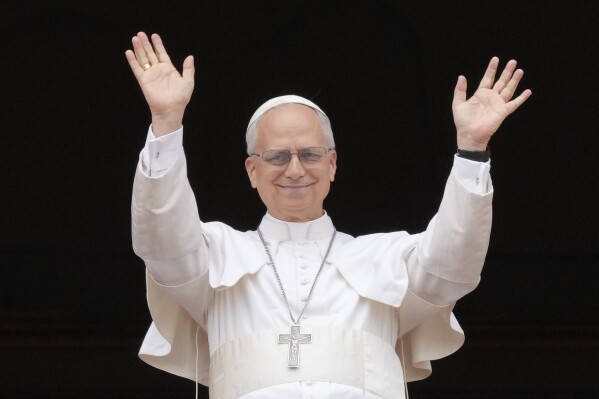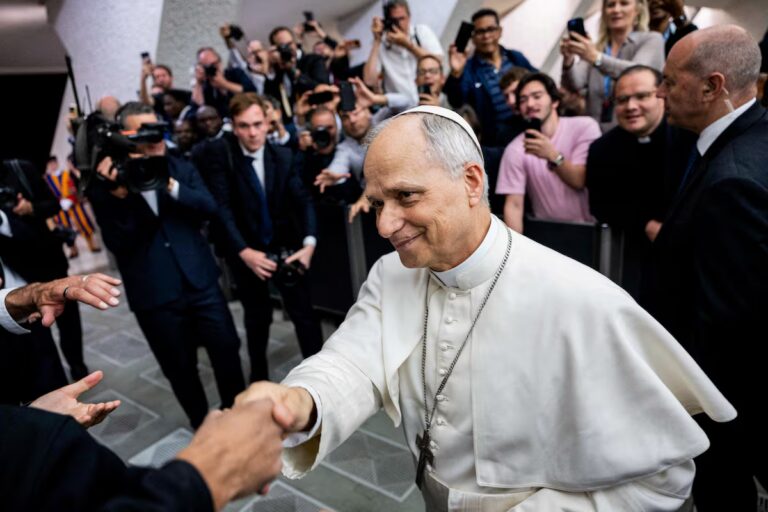The Small, Closely Guarded Religious Order That Shaped Pope Leo, Augustinian
The leader of the Order of St. Augustine, the Reverend Alejandro Moral Antón, rang for what seemed like the thousandth time. He had been up since 2:30 in the morning. taking calls, trying to explain to people across the world how his order, the one that birthed Pope Leo XIV, would impact the papacy.
This time, it was his dentist. He had missed an appointment. Phew!
“You know what’s happening?” he told the dentist. “The new pope is an Augustinian!”
The world’s sudden interest in the tiny order of less than 3,000 members had forced Father Moral Antón, an friendly, 69-year-old Spaniard, to summarize Augustinians’ principles and spiritual ideals to their base, he said in an interview. Charity, truth and unity, he recited in Latin and translated into Spanish.
Pope Leo, Augustinian
Pope Leo XIV, formerly Cardinal Robert Francis Prevost, is an American with Peruvian citizenship, but his identity may have been most deeply constructed by his ties to the Augustinians, which began when he was 14 and led to his ordination in 1982 as an Augustinian priest.
He moved to Peru as an Augustinian missionary and eventually was the at the top of the order for 12 years from Rome. In that position, he developed expansive international connections that helped raise his profile last week in the conclave of cardinals who elected him.
As the first Augustinian to become pope, Leo is expected by Augustinians to emphasize missionary outreach and the importance of listening widely before making decisions.
“The Holy Father will certainly be inspired by this search for communion and dialogue,” said Pierantonio Piatti, a historian of Augustinians with the Pontifical Committee for Historical Sciences, a Vatican office. That would mesh with the concept of “synodality,” fulfilling Francis’ vision of a church that brings bishops and lay people together to make big decisions.
“The other great element of Augustinian spirituality,” Dr. Piatti added, is a “search for balance between action and contemplation, between contemplation and action.”
In part because of their small size, Augustinian priests are a close-knit community around the world, and many have encountered Leo over the years.
“Even when we disagree on something like politics, we have no trouble talking to one another,” said Father Allan Fitzgerald, 84, an Augustinian priest and longtime professor at Villanova University, northwest of Philadelphia, which Leo graduated from in 1977. “I think we are, in some ways, an image of the U.S. There is certainly a whole swath of us that is to one side and to the other. Even if we can’t talk directly about politics, we are still able to talk about things that matter.”
The order was founded in 1244, when Pope Innocent IV united groups of castaways in service to the church as a community of friars. The group committed to a lifestyle of poverty, along with a mix of contemplation and pastoral service.
Augustinians take their name from one of Christianity’s most important early theologians, Augustine, the Bishop of Hippo, who was born in what is now Algeria in the fourth century.
He is perhaps most famous for an autobiographical work called “Confessions,” which in part details his conversion to Christianity after what some consider an immoral youth.

The order’s place in the broader Roman Catholic Church was threatened by one of its most prominent 16th-century members, Martin Luther, whose calls for reform in the church ended up leading to the Protestant Reformation.
Augustine also wrote a guide to religious life that became central to the Augustinian order. Its members commit to “live together in harmony, being of one mind and one heart on the way to God.” Leo’s new coat of arms reflects that heritage, displaying the Latin motto “In illo uno unum,” or “In the One, we are one.”
Augustinians are generally far less known and, perhaps the way they like it, compared with larger groups like the Jesuits and Franciscans. Part of that has to do with the personality and style of the orders, Father Fitzgerald said.
“If you are a Jesuit, you are very good at telling people who you are,” he said. “Augustinians are not great at telling people who we are. I think it is unusual for us to be self-promoting.”
In the years after he became head, or prior general, of the order in 2001, Leo tried to share on a global stage the ideas and practices for missionary outreach that he had developed in Peru.
He spoke of his theological underpinnings in a speech in Rome in 2023. Mission is a means of carrying out the church’s fundamental duty of evangelization, he said. Without this perspective, charity work by the church becomes little more than “humanitarian action,” which, while important, will not be distinctively Christian.
“On the contrary, when we help each other to constantly remind ourselves that our primary mission is evangelization, it does not matter whether our resources are small or large because the fundamental thing is already given,” he said.
“To evangelize means, among other things, to be willing to leave the comfort zones, the comfortable bourgeois life,” he said, in an apparent nod to his life-changing decision to leave his life in the United States for a missionary posting in northwestern Peru in 1985. That background appears to have figured in the cardinals’ deliberations during the conclave, since missionary outreach was a key element of Francis’ vision.
“I believe it is very important to promote communion in the church,” Leo explained in 2023 to Vatican News. “As an Augustinian, for me promoting unity and communion is fundamental.”
On Saturday, Leo made an unannounced visit to Our Lady of Good Counsel in Genazzano, an Augustinian sanctuary outside Rome. On Monday, he invoked St. Augustine in remarks to journalists gathered in Vatican City, saying that the present times were challenging, difficult to navigate and not easy to recount to the public.
“They demand that each one of us, in our different roles and services, never give in to mediocrity,” he said. “St. Augustine reminds of this when he said: ‘Let us live well and the times will be good. We are the times.’”

He cited one of the saint’s sermons that alluded to how people can choose to make the most of tough circumstances, Father Moral Antón said: “We are the ones who have to live a good life to change the times.” Well said.
“We need to stop and reflect,” he added. “Because we live well, we eat well, we have pleasures, but are you happy? And people say, ‘I’m not happy.’ Let’s look, then, at where happiness lies — within — and then change.”
In the days since Leo became pope, Augustinian friars have shared stories of meeting him during his past travels. One vicar in Kenya sent Father Moral Antón photos of a trip he and Leo took to the African country many years ago.
“Being an Augustinian means being pretty open,” Father Moral Antón said, adding that, compared to other orders, theirs does not have “very rigid norms.”
“It’s about eternal friendship, friends, wanting to walk with friends and find truth with friends,” he said. “Wanting to live in the world, to live life — but with friends, with people who love you, with whom you love.”
“It is not always something you find,” he added, “but, well, that’s the ideal.”




